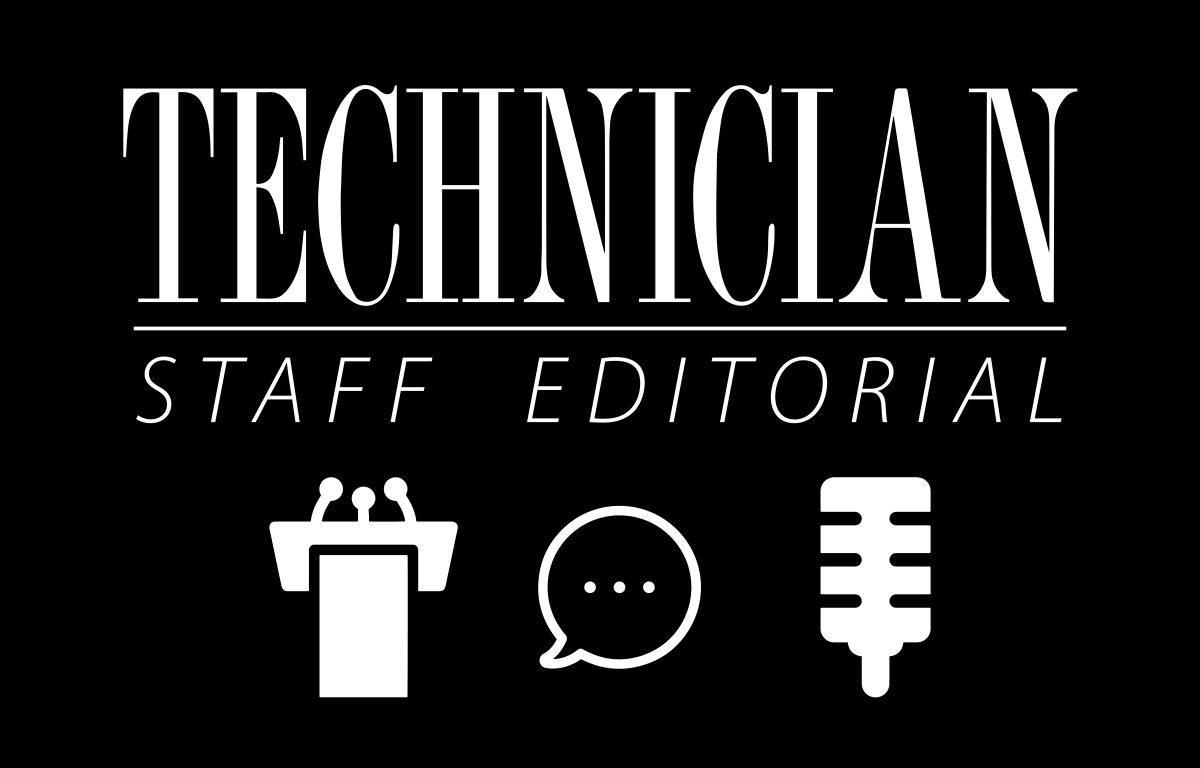OUR OPINION: Design students have secured a victory by getting the College of Design to address printing problems.
If there’s one thing most design students will complain about the most, aside from the amount of work they have, it’s printing.
The printer is too slow. It takes fifty attempts to actually get a printout. And with final project deadlines approaching, these delays are not only annoying but bad for grades as well.
The WolfPrint system works well for most students — it can handle the occasional term paper or lab report and a few pages of notes each day. But it is simply inadequate to meet design students needs.
The College of Design is looking to combat this problem with the new DesignPRINT system, which complements the existing WolfPrint system.
We applaud the College of Design for upgrading the printing service, particularly when students demand for quick, reliable printing is at a high.
According to Joe McCoy, coordinator of Network and Hardware Services for College of Design Information Technology, this system will provide design students with faster, more reliable printing for the large images and plots that are part of their coursework.
McCoy said the College of Design’s downtown studio has been using the DesignPRINT system since early November. He also said many of the technical problems students face are due to users creating improper configurations or using inefficient printer setups. He also said the College is looking to include additional functions like print queue monitoring to the system.
Clearly, this upgrade is welcome and, to design students, long overdue. But there are still problems with the system — students appear to have a large amount of print quota that they did not purchase, as DesignPRINT does not have a billing system. The College of Design is working on an online, pay-per-quota system similar to the one WolfPrint uses — until then, McCoy said, someone has to enter each individual transaction.
DesignPRINT is a victory — students are getting a substantial program that is meant to solve problems they have been raising for years.
The University should take a lesson from this — listen to student complaints, then solve them. And students: keep raising your concerns and someone might actually address them.



